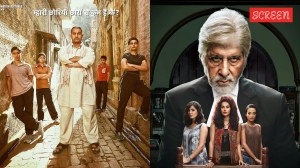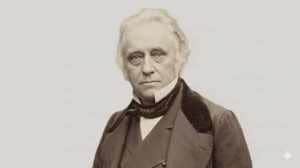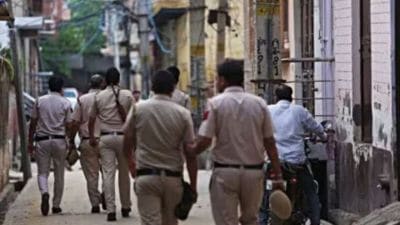Stay updated with the latest - Click here to follow us on Instagram
Indian-origin researcher to discuss technology on neural sensation for amputees
Another researcher, aged 16, will share his technology of detecting silent heart attacks using a device
 Shriya Srinivasan is a medical engineering and medical physics student in the Harvard-MIT Sciences and Technology programme
Shriya Srinivasan is a medical engineering and medical physics student in the Harvard-MIT Sciences and Technology programme
On Sunday, a bunch of spirited Indian researchers will share their work on technology, innovation and creative artwork with the public at the TedxGateway in Mumbai. The cutting edge research includes work on a prosthetic arm that allows the wearer a greater sense of touch, and a device created by a 16-year-old which allows people to detect silent heart attacks.
Shriya Srinivasan, a medical engineering and medical physics student in the Harvard-MIT Sciences and Technology programme will showcase her research work which allows human prosthesis to mimic a human limb far more efficiently. In her project, Srinivasan has used existing nerves and muscle graft to form a communication of the prosthetic limb with the brain.
The technology is under trial at the Massachusetts Institute of Technology (MIT) and aims to bring human body closer to technology, physically and neurologically. The researched prosthesis uses the prosthetic limb to co-ordinate with existing nerves, muscle grafts, even in situations where amputation occurred several years ago, to make the person feel the force he or she is exerting on the prosthesis and its functions.
“We use neural interfacing strategy that better helps connect human body with gadgets. An amputee does not like to use external device because it is not integrated into the human body,” says Shriya Srinivasan, the lead author of the study.
Working in MIT biophysicist Dr Hugh Herr’s laboratory, Srinivasan is looking at redesigning amputation surgeries and neural interfaces. “This technology will help patients control their prosthesis with native neural signals and receive a basic sensory response,” she adds.
Srinivasan, originally from Chennai, has been brought up in Ohio in the United States. She is also a Bharatnatyam dancer, who co-founded Anubhava Dance Company in 2015 to bring together Indian American students.
Discussing about the research, Srinivasan says human trials are under way and five patients have already been fitted with artificial limbs using this technology. “What happens in amputation surgery is that all your nerves and vessels get messed up. This surgery looks at reinstating their physiological and biological functions.”
The severed nerve in the amputated limb is nestled into a muscle graft and allowed to grow. This muscle graft is able to read sensory messages. When fitted into a prosthesis, it can convey to the brain where the prosthesis is, how it is moving, and how it feels against a surface.
The technology aims to take experience of prosthetic limbs beyond being merely an external device fitted to the body. “It should feel part of your body,” the researcher says.
The five patients fitted with the prosthesis can feel nerve sensation in primary testing. Final trial results are awaited. The technology also looks at how amputation surgeries are conducted and whether there is any scope to improve the technique.
The research has been experimented on rats where they observed that a “muscle-tendon sensory feedback was generated towards the nervous system” that helped understand how much force was applied to prosthetic limb and the placement of it.
Srinivasan is set to present her research work on Sunday at TedxGateway in Mumbai, where 25 speakers will share their work on technology, innovation and creative artwork.
Among them is 16-year-old Akash Manoj, who will share his technology of detecting silent heart attacks by using a device. “I lost my grandfather to a silent heart attack. I worked on this technology for the last three years. It is important to raise awareness on silent heart attacks,” the class 11 student says.
At the age of 12, soon after his grandfather expired after a sudden heart attack, Akash started researching about symptoms causing cardiac arrest. Now, about to get his first patent, he has fashioned a wrist device that can detect a possible heart attack almost six hours before it occurs.
“The device is non-invasive. It senses possibility of attack through bio-markers, in this case fatty acids, in the body. When the biomarkers spread through the body, it causes chest pain and symptoms of a heart attack that a normal person will sense as mere discomfort,” Akash, who will be speaking at TedxGateways on Sunday, said.
The device looks like a smart watch. The 16-year-old says its starting cost is Rs 900. Recently, a trial on 200 patients, already at risk of heart attack, was carried to measure the efficacy of the device at All India Institute of Medical Sciences, New Delhi, and University of Tokyo, Japan. He claims the trial found 99.46 per cent efficacy of the device in alerting a person of a heart attack hours in advance.
At least seven speakers will discuss use of technology in improving healthcare in the eighth edition of TedxGateway.







